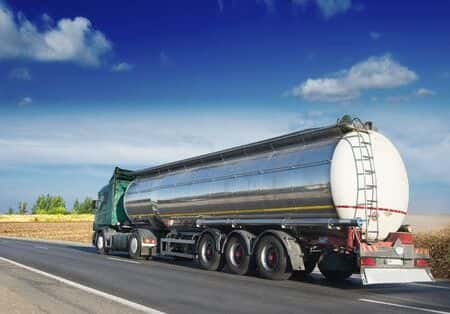This case takes place in Indiana and involves the transportation of volatile chemicals to industrial facilities in North America. The plaintiff in this case is a business owner that distributes a particular chemical to hundreds of factories and industrial facilities. The plaintiff’s company purchases the chemical from a large producer, who then hires an external company to transport the chemicals. The defendant’s company specializes in transporting hazardous materials.
When the plaintiff purchased a large order of the chemical they required, the defendant transported it. The defendant used a trailer that had been previously used to transport another, different chemical. However, the trailer was not properly cleaned before it was used. As a result, during the drive to deliver the chemical to the customer, the plaintiff began experiencing a number of acute medical problems. Additional medical evaluations have determined that the injuries he has suffered are permanent.
Question(s) For Expert Witness
1. Are you familiar with the chemical reaction which occurs when the two chemicals in question contact one another?
2. Could you calculate the concentration of toxins in a set environment and provide analysis for these considerations?
Expert Witness Response E-007755
From the symptoms described, the major toxin was most likely the residual chemical that was not removed from the trailer. This vapor was then subsequently sucked into the cabin. Without knowing the amount of the chemical that remained in the tanks before they were refilled with the other substance, it is impossible to calculate analytically the concentration of toxins in the cabin. However, this concentration can be inferred from the degree of severity of the symptoms, which are well known quantities, but this is the inverse of what you are asking for. The only way to proceed is to make a reasonable estimate of how much might have been in the tanks before refilling, and proceed from there. That is an easy calculation. Assuming the amount of chemicals left in the tanks, then a likely level of toxin accumulation in the cab was X, and this level of toxin produces these symptoms within the human body. I could calculate an X that would fall within a narrow range of the symptomatic scale that is well-studied and documented for ammonia exposure.
About the author
Joseph O'Neill
Joe has extensive experience in online journalism and technical writing across a range of legal topics, including personal injury, meidcal malpractice, mass torts, consumer litigation, commercial litigation, and more. Joe spent close to six years working at Expert Institute, finishing up his role here as Director of Marketing. He has considerable knowledge across an array of legal topics pertaining to expert witnesses. Currently, Joe servces as Owner and Demand Generation Consultant at LightSail Consulting.

